6 Companies Building the Future of Creative Tools
What would design be without tools? Whether your favorite tools are pen and paper, tablet and stylus, or all Figma all the time, we’ve come a long way from spray-gluing mockups to foam core in a very short time. Our portfolio includes a number of companies improving and reimagining the tools that support the creative process. When a tool helps people see design through a new lens, it can both reinvigorate seasoned designers' creativity and make high-quality design more achievable for non-designers.
We asked six of our portfolio companies to answer a few questions about why design matters, and how their products are giving more people access to high-quality creative tools.
Want to join a team thinking about how to democratize design with better tools? Learn more about each company below and check out all the open roles at our portfolio companies.
View design roles at mission-driven companies
👇 Click on any of the links below to skip directly to each company
Air
🏙️ Headquarters: New York, NY / Remote
🚀 Company size: 50 employees
🗓️ Year founded: 2017
😀 Co-Founders: Shane Hegde & Tyler Strand
📂 Product type: Creative ops system
Air is a centralized platform for “creative operators” to manage their visual assets. Creative operators are the conductors of the creative process, and Air makes it easier for them to work efficiently and collaborate with their team.
Tell us about a specific time that design, design research, or design thinking had a major impact on your product or your process.
One of the first things I did when I started at the company was drive some more foundational user research targeted toward brand marketers at small to medium-sized direct-to-consumer businesses, the customer group we’d recently decided to focus on.
Through our research, we found that many of the issues our core users were seeing revolved around getting their content organized in a way that felt personal and flexible enough for their team’s use case. The results informed our decision to reorganize the structure of our Product, Design, and Engineering organizations into teams with mandates that better map to our users' needs.
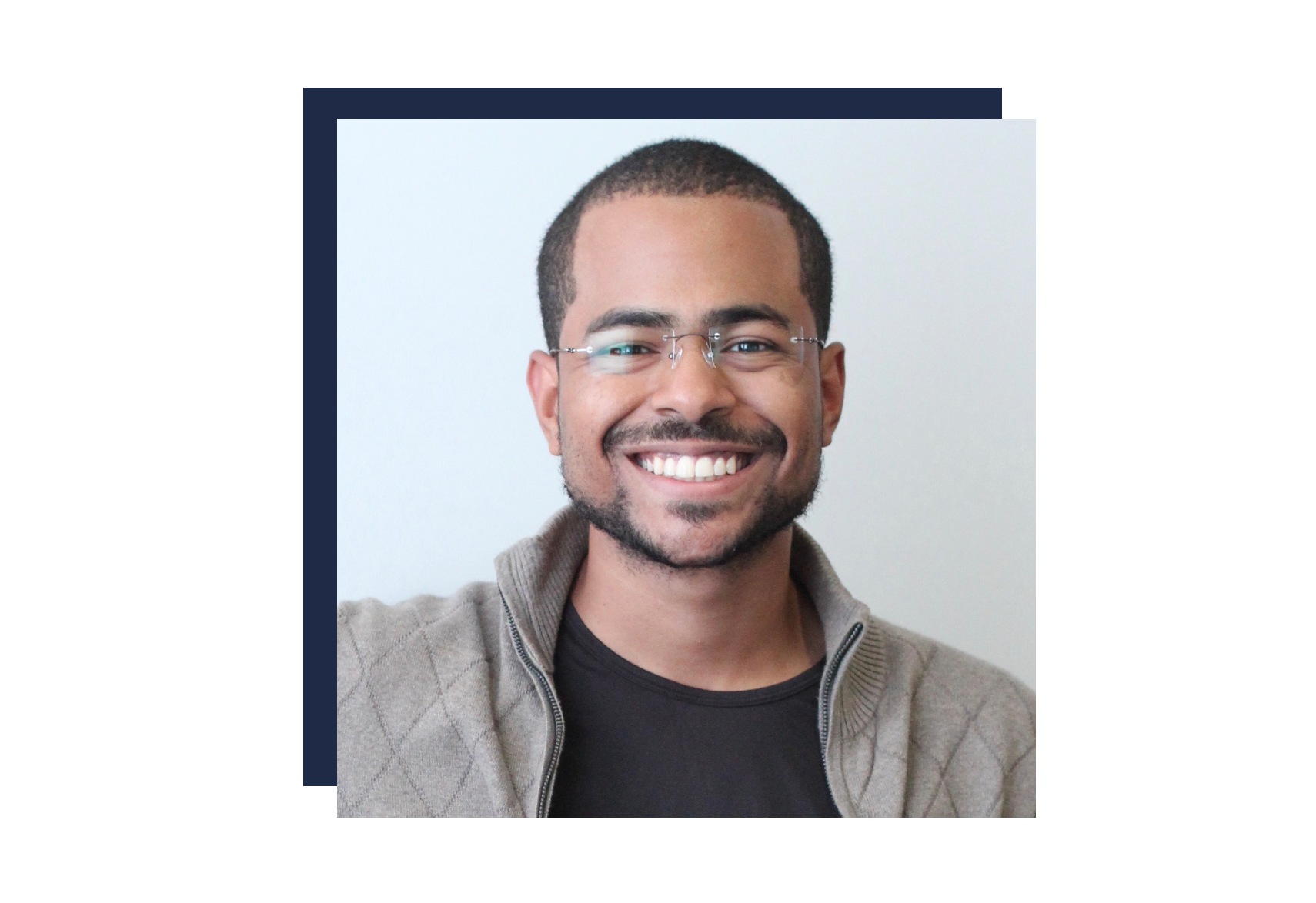
Air aims to power the creative process. So if we’re to be at the center of orchestrating creative work, we need to know our users workflows inside and out. Not just what they want to do but why it’s important to them and their roles. There’s no better way to execute on that than an iterative, user-centered design process.Diógenes Brito, Head of Design at Air
What’s your favorite creative tool (other than your own)?
Personally, I love the Paper by FiftyThree iPad app. There's a beauty in how simply it presents some pretty powerful drawing tools.

Bezel
🌉 Headquarters: San Francisco, CA
🚀 Company size: 6 employees
🗓️ Year founded: 2021
😀 Co-Founders: Julian Park, Denys Bastov & Cecilia Uhr
⚙️ Product type: 3D design tool
Bezel is the next-gen 3D design tool that lowers the barrier for people to create and share ideas in 3D.
Why does design matter to the success of your company?
We're building a 3D design platform, so our customers are either designers themselves or part of a team that is involved in the design process. Historically, 3D design programs have been very clunky with steep learning curves.
I know this first-hand because I learned 3D through Blender and Cinema 4D by watching hours and hours of tutorials, and then forgetting it all over again. Our goal is to make 3D design as easy and frictionless as possible for everyone involved in the process.
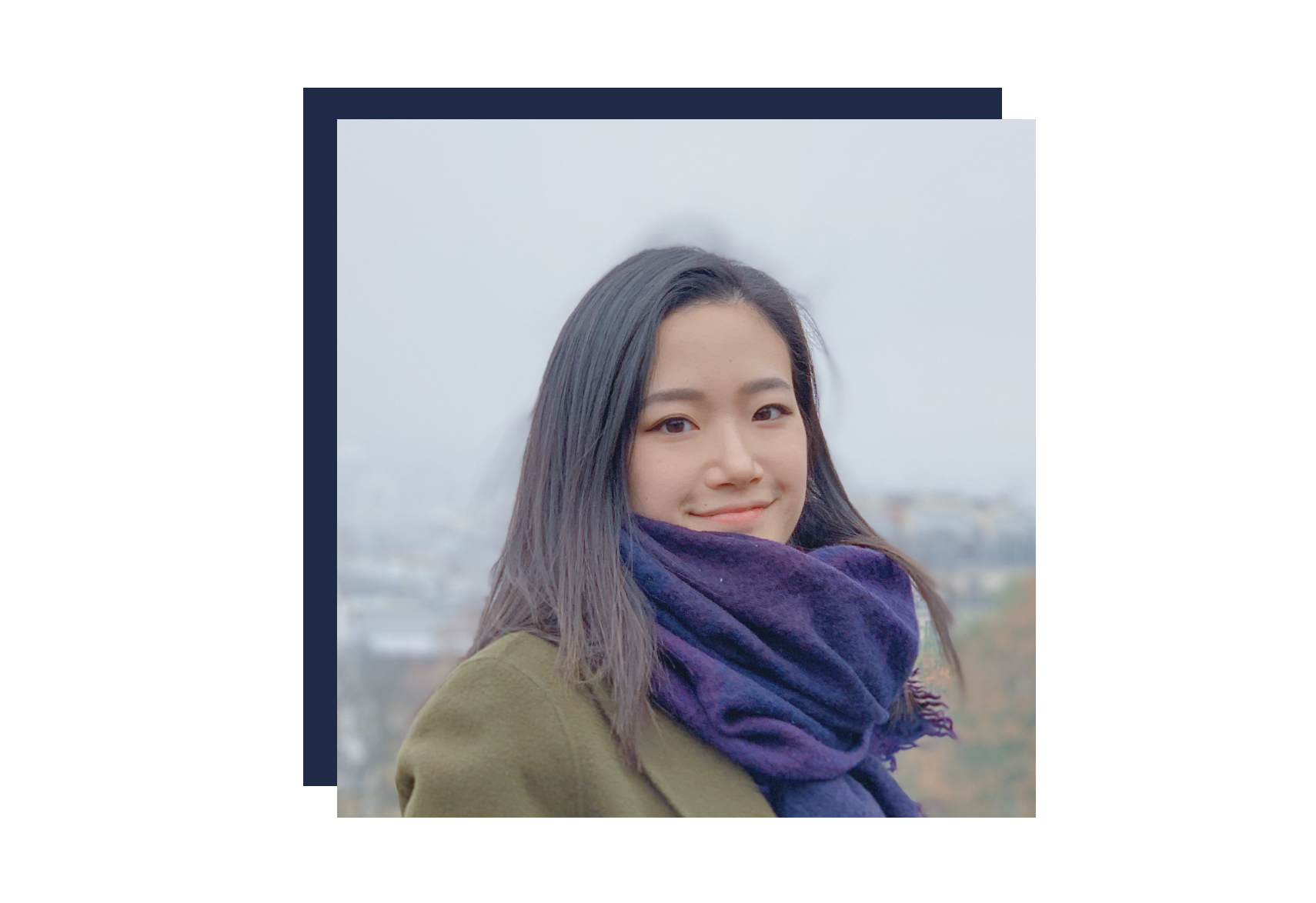
Our goal is to make 3D design as easy and frictionless as possible for everyone involved in the process.Cecilia Uhr, Co-founder & Chief Product Officer at Bezel
How does your product make tools, workflows, or processes more accessible for individuals or teams?
A lot of the existing 3D design programs in the industry have been around for decades. When we were interviewing users, the most common method of sharing progress on 3D designs was either by sending screenshots or putting huge packaged 3D files on Dropbox or Google Drive which can take hours to upload and download.
We're aiming to do for 3D what Figma has done for 2D. Our goal is to make 3D design and sharing as accessible as possible to more people by providing something that doesn't require a download, is affordable, and is easy to pick up regardless of experience level.
 This design for a game level was fully modeled in about 25 minutes and rendered in real-time in Bezel. Because it's browser-based, the 3D file can be shared with anyone by copying and pasting the link.
This design for a game level was fully modeled in about 25 minutes and rendered in real-time in Bezel. Because it's browser-based, the 3D file can be shared with anyone by copying and pasting the link.
Felt
🌳 Headquarters: Oakland, CA
🚀 Company size: 15 employees
🗓️ Year founded: 2021
😀 Co-Founders: Sam Hashemi & Can Duruk
🗺️ Product type: Mapping tool
Felt was founded with a mission of helping everyone think in maps. Currently in private beta, the team is busy building the best tool for making collaborative maps on the internet.
How does your product make tools, workflows, or processes more accessible for individuals or teams?
Making a map today feels like doing UI design in the 2000’s. Powerful cartography tools and services require training and technical expertise to master. They are loaded with features that give you the power to do anything under the sun, but this can make them overwhelming to newcomers. Experts are making incredible maps while the rest of us are reduced to scribbling on top of screenshots.
We started Felt to make it possible for anyone to make a great map—and making a game changing creative tool starts with great design. We’ve been sitting with people of all stripes and skills, learning, brainstorming, and designing the next generation creative tool for maps, and we’re so excited to share it with the world soon.
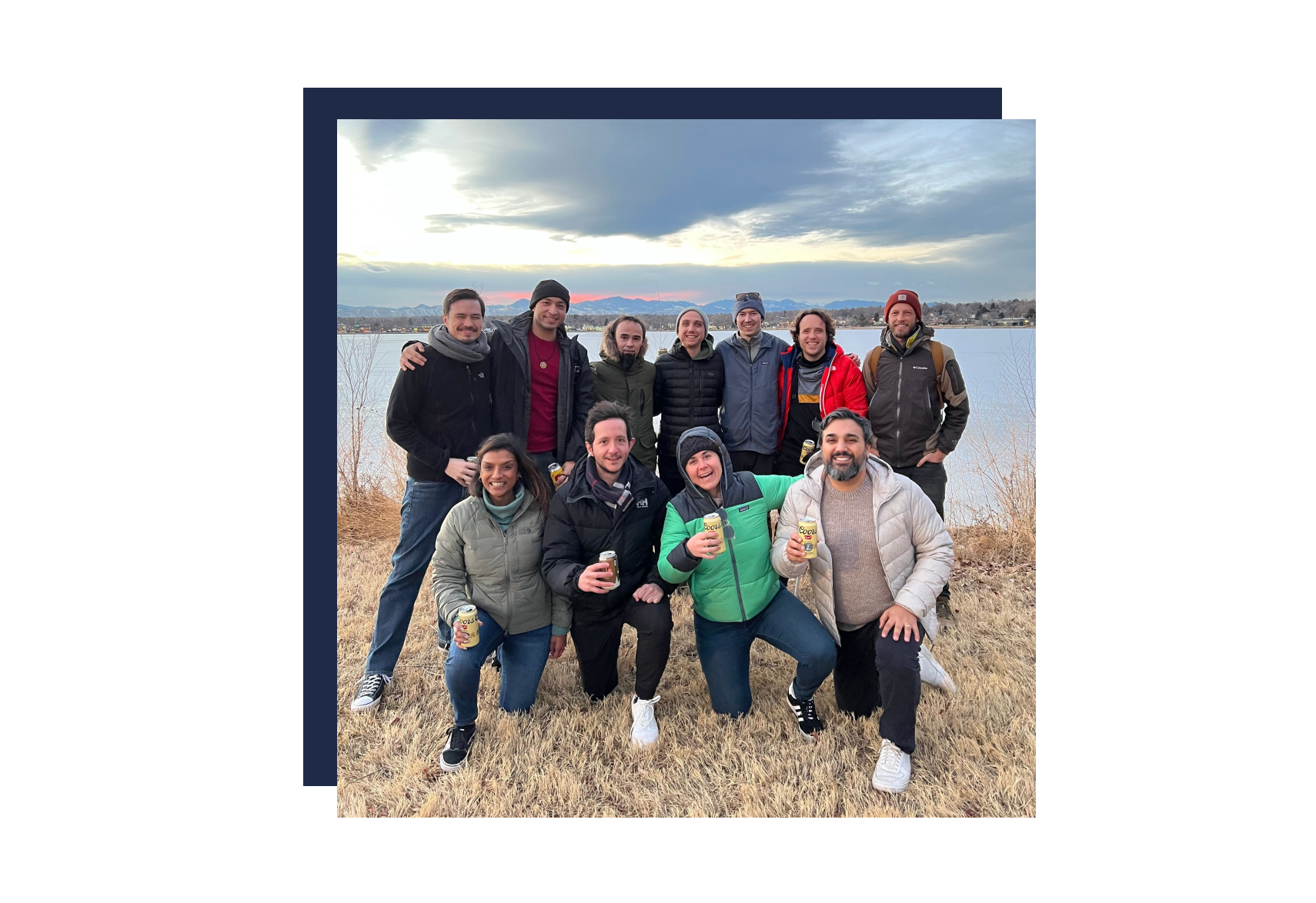
Cartography is an incredible discipline of its own that shares deep parallels with design, and we are uniquely positioned to bring the advances that designers have seen in their tooling to the world of mapping.Loren Baxter, Head of Design at Felt
Who’s on your design team now? What do you want your design org to look like in 5 years?
We have a small but mighty team: Loren Baxter, formerly head of design at Remix, runs things on the design front. Loren reports to our CEO Sam Hashemi, who has a past life as a designer founder of Remix and previously designed interfaces for NASA and Palm. We also partnered with Adam Ho and Casey Labatt who have done an incredible job building out our website and brand.
Regardless of what shape Felt takes, our dream is to have a world-class design org where the team does hugely impactful work, every aspect of the company shines with the magic and sparkle of great design, and the designers who work with us describe it as the absolute best chapter of their career.

Landing
🏙️ Headquarters: San Francisco, CA / New York, NY / Remote
🚀 Company size: 12 employees
🗓️ Year founded: 2019
😀 Co-Founders: Ellie Buckingham & Miri Buckland
🎨 Product type: Visual inspiration tool
Landing is a community for visual inspiration, curation, and design. Creators can make shareable, shoppable, remixable moodboards to help with any form of creative planning or playing.
Why does design matter to the success of Landing?
We believe in the democratization and celebration of pure creativity on the internet. So the design of Landing sets that tone and aims to emphasize creativity in countless ways. Every problem we tackle is solved with creativity, empathy, and delight.
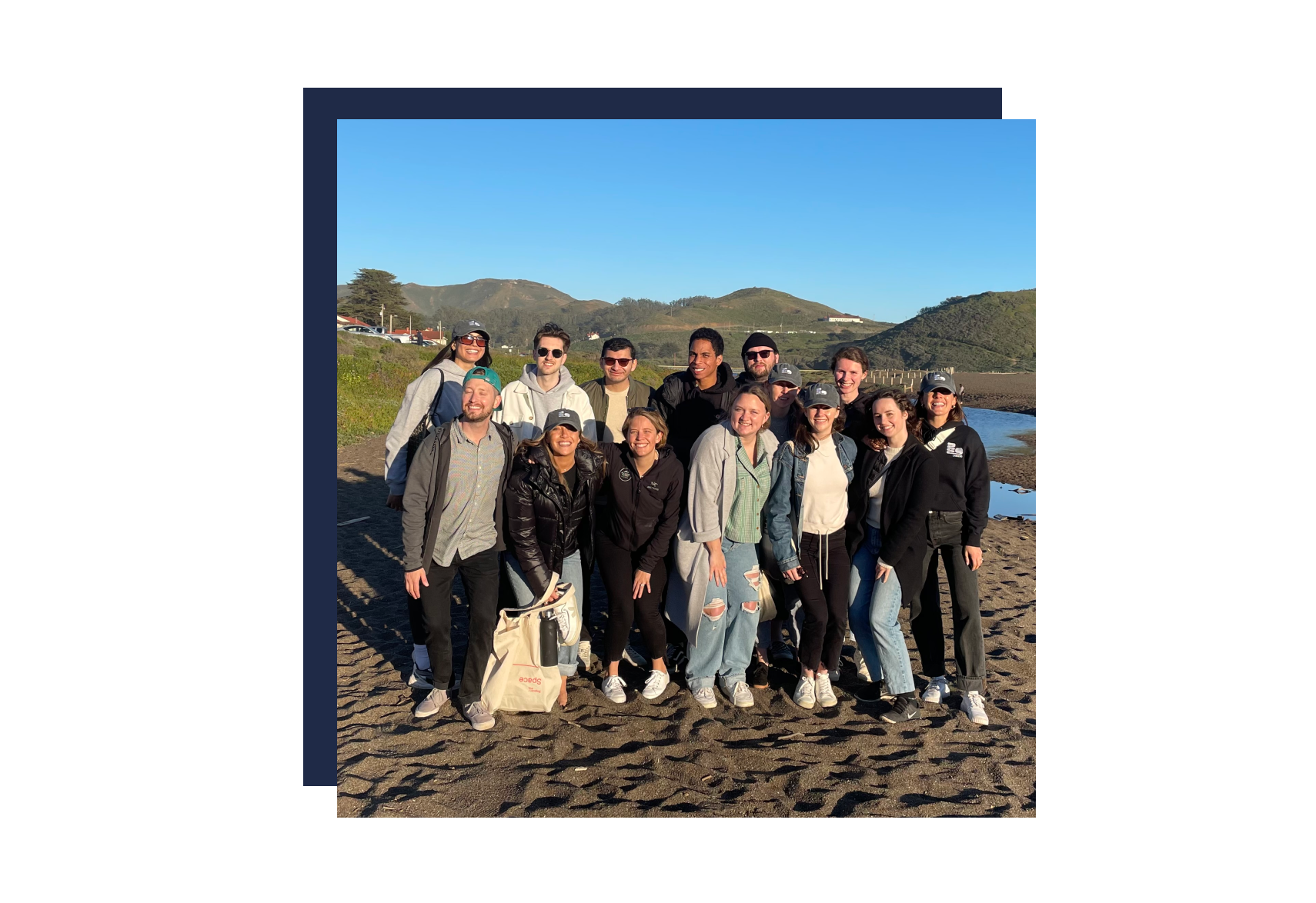
User research and design thinking are integral to everything we do and create. We plan to continue to cultivate a design-driven culture that is influenced by everyone who joins.Ellie Buckingham, Co-founder & CEO of Landing
How does your product make tools, workflows, or processes more accessible for individuals or teams?
Landing is a free tool for complete creative expression on the internet. We aim to bring an accessible and meaningful way to create. We’ve seen everything from traditional moodboards, to party invites, to slideshow designs. We not only give users the ability to create these visualizations, we wrap that whole experience in the richest community on the internet.
The Community Library is a new experience that we are currently building that is pivotal to the next chapter of Landing. With the Community Library we begin to separate boards and items, allowing them to be equally rich and engaging content.
It’s a massive shift to letting the community control what is available to them and how they explore, create, and curate on Landing—not just through boards, but through individual assets too.
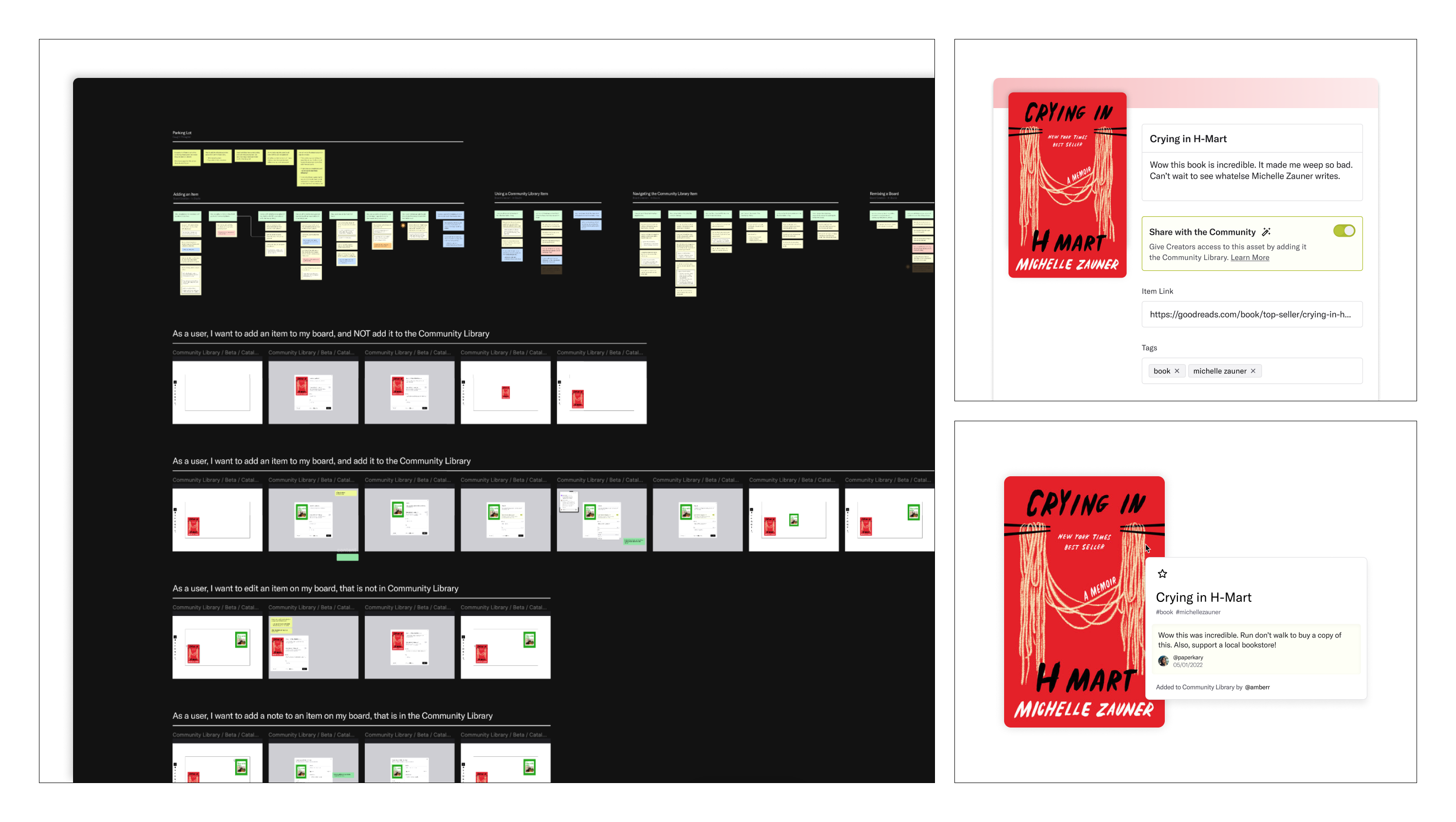
Noun Project
🌳 Headquarters: Los Angeles, CA / Remote
🚀 Company size: 26 employees
🗓️ Year founded: 2011
😀 Co-Founders: Sofya Polyakov, Edward Boatman & Scott Thomas
📸 Product type: Icon & photo library; digital asset manager
Noun Project hosts a comprehensive collection of 5 million icons as well as photography focused on diversity and representation. They also built Lingo, a digital asset manager that helps keep visual material organized and consistent.
Why does design matter to the success of your company?
Design is a vital part of our business. With Noun Project, we want to provide everyone — designers and non-designers alike — the ability to easily find and use high-quality icons and photos to simplify their communication and make it more memorable.
With Lingo, we’re competing in a market against older, more complex software solutions mainly built for the enterprise. Our focus on design and giving customers a simple yet powerful user experience allows us to differentiate ourselves.
We have nearly 100% subscriber retention across both products, and that is a result of our dedication to design and building high quality products.
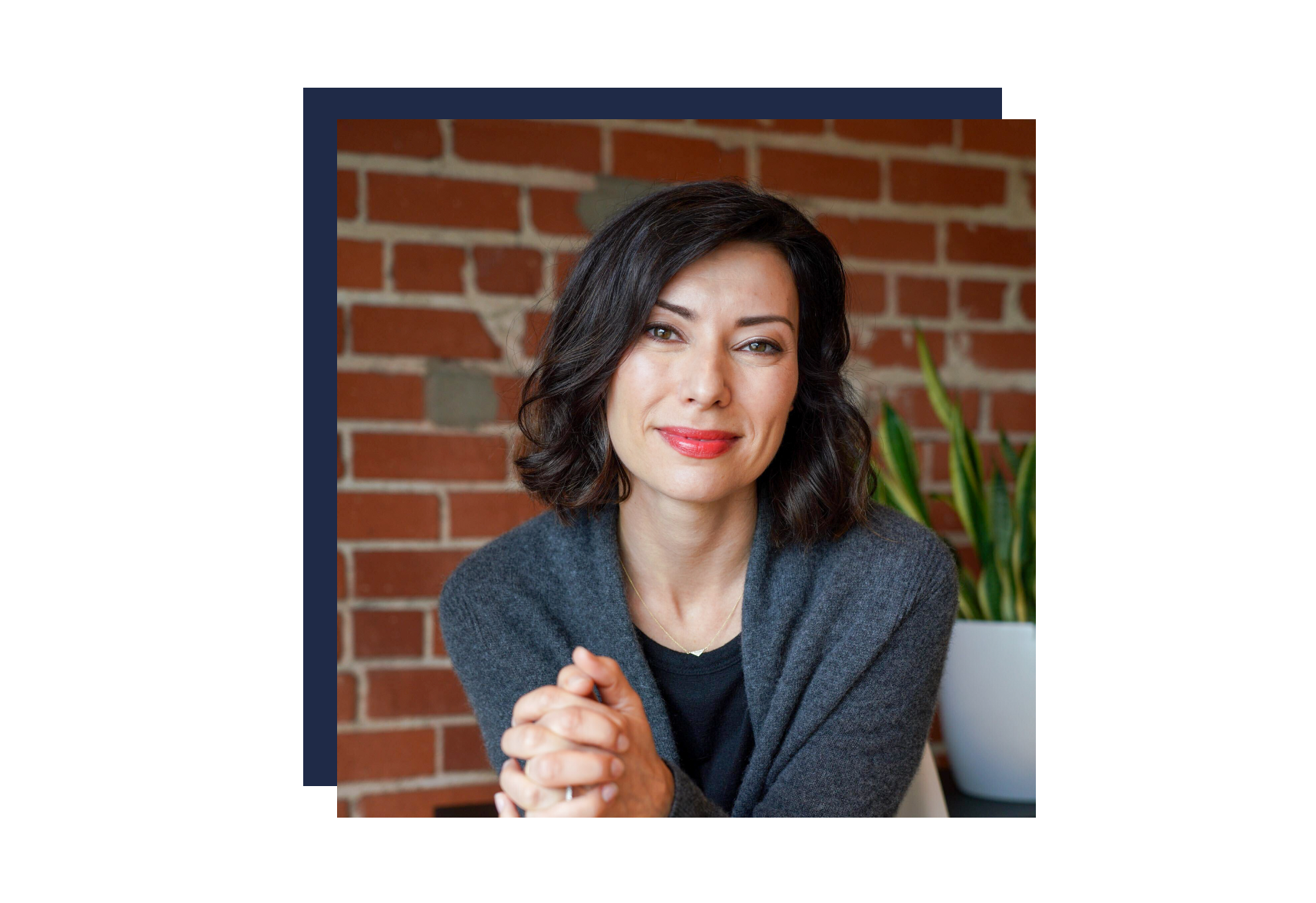
Visual communication has become even more important today, when many people are working remotely and communicating asynchronously. Noun Project’s icons and photos can help communicate an idea quicker, simpler, and more memorably.Sofya Polyakov, Co-founder & CEO of Noun Project
Tell us about a specific time that design, design research, or design thinking had a major impact on your product or your process.
The use of design thinking played a large role in the creation of Lingo. In 2014, our team at Noun Project held an internal hackathon based around the simple question of “how can we offer new types of visual content outside of iconography to our customers?” Part of the process involved talking to Noun Project customers and learning about their needs.
Through these interviews we learned many of our customers, especially the ones on larger teams, already had lots of visual assets consisting of photos, videos, illustrations and other digital building blocks, but these assets were poorly organized in traditional cloud storage solutions.
This simple insight caused us to start exploring ways we could help our customers manage their own visual content and that is what led us to create Lingo.
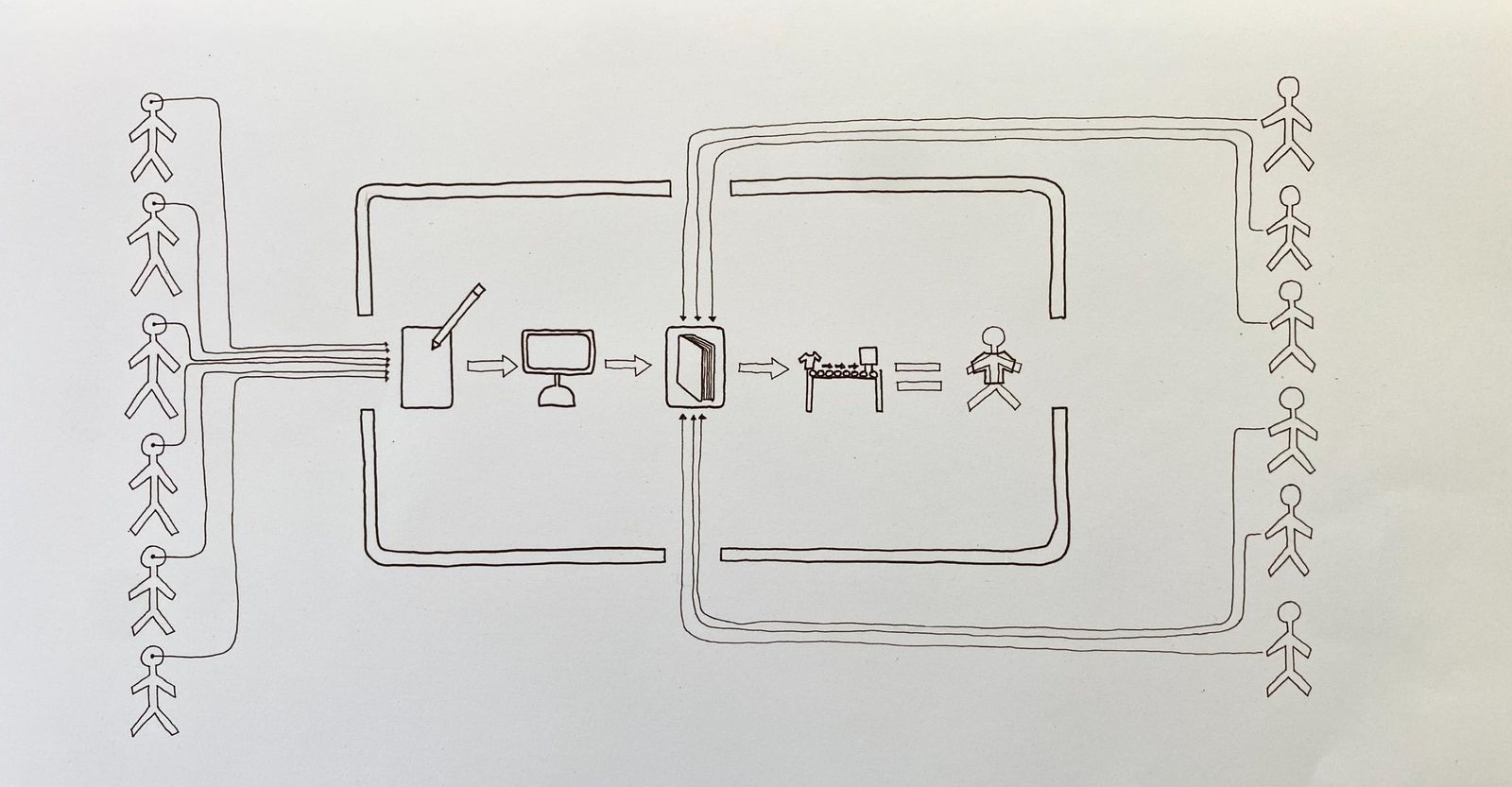
Plasmic
👩🏻💻 Headquarters: Remote
🚀 Company size: 13 employees
🗓️ Year founded: 2019
😀 Co-founders: Yang Zhang & Chung Wu
🛠 Product type: No-code page builder
Plasmic at its core is a no code visual design tool that works with code. It empowers anyone to quickly create experiences that integrate with real complex code bases.
How does your product make tools, workflows, or processes more accessible for individuals or teams?
Plasmic is entirely about reshaping cross-functional organization-wide workflows to enable non-developers, especially designers but also marketers, to directly create experiences without needing to depend on developers to serve as intermediaries.
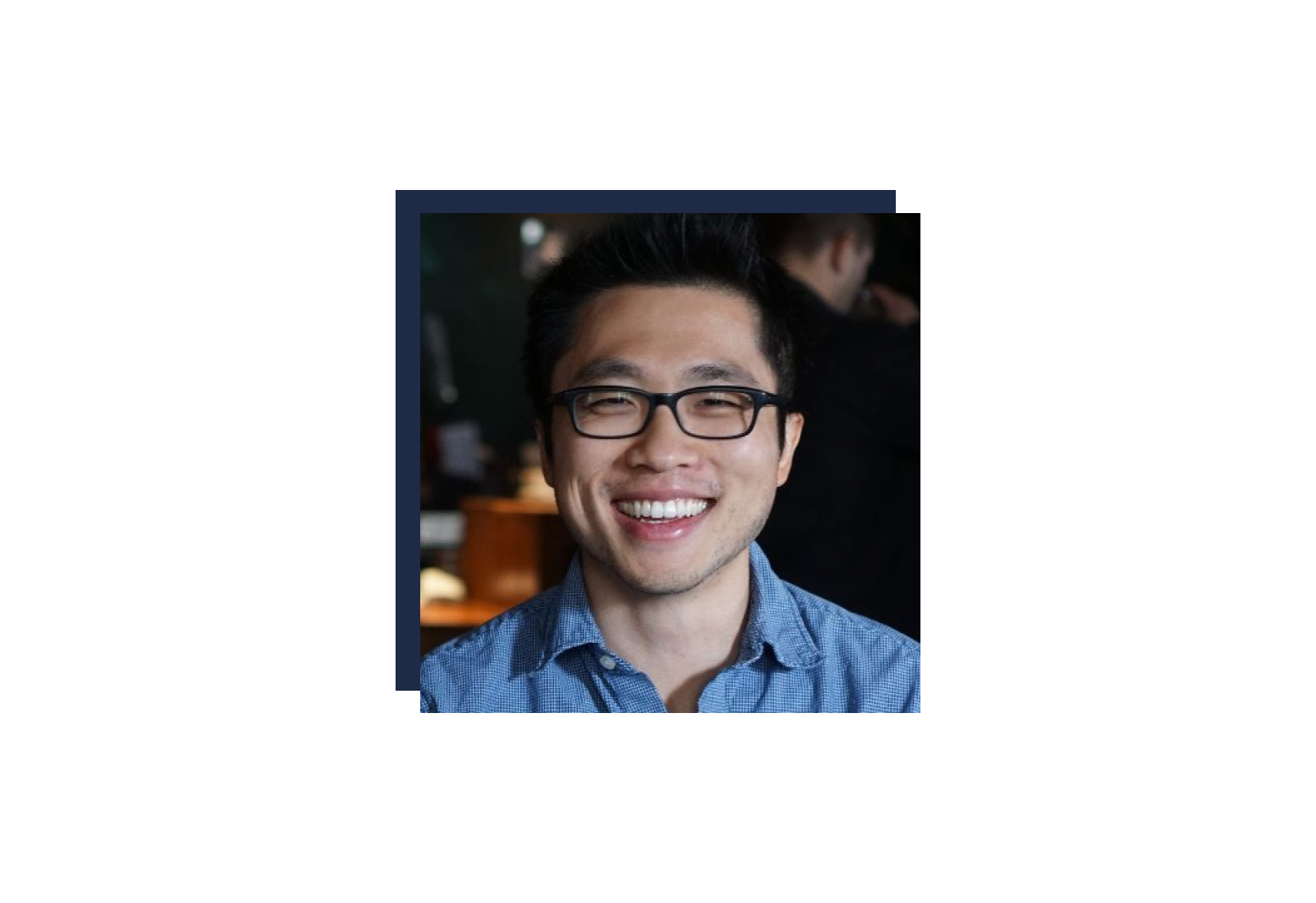
Plasmic is entirely about reshaping cross-functional organizationwide workflows to enable non-developers, especially designers but also marketers, to directly create experiences without needing to depend on developers to serve as intermediaries.Yang Zhang, Co-founder of Plasmic
Tell us about a specific time that design, design research, or design thinking had a major impact on your product or your process.
We designed our user onboarding process to be a game inside Plasmic. There was a ton of content we could fill up the tutorial with—since Plasmic is a tool with considerable depth to it—but we also wanted to make sure new users are able to be productive quickly, without feeling like they had to complete a college course to learn how to use it.
So we broke up the level into two phases. The first phase is a short seven levels that quickly teaches the basics and ensures you can build simple responsive pages. The second phase is a longer, advanced segment that takes its time and really dissects every nook and cranny of the design tool. We received positive feedback about the tutorial because it’s all conveyed through hands-on exercises in a game-like format that requires you to reach a certain objective on each level.

What’s one of your favorite creative tools (besides your own)?
I love using DaVinci Resolve, which I use in an elementary way to create all our video resources. It reminds me a lot of Plasmic. It is a deep and powerful tool that even relative beginners like myself can wield.
Plasmic is hiring their Founding Designer!
Get involved
Seeking a role at a company that's improving the world through design? Explore our job board for carefully selected design opportunities at mission-driven companies that value design. If you're the founder of a company that improves access to creative tools and helps teams build at scale, get in touch with us here.